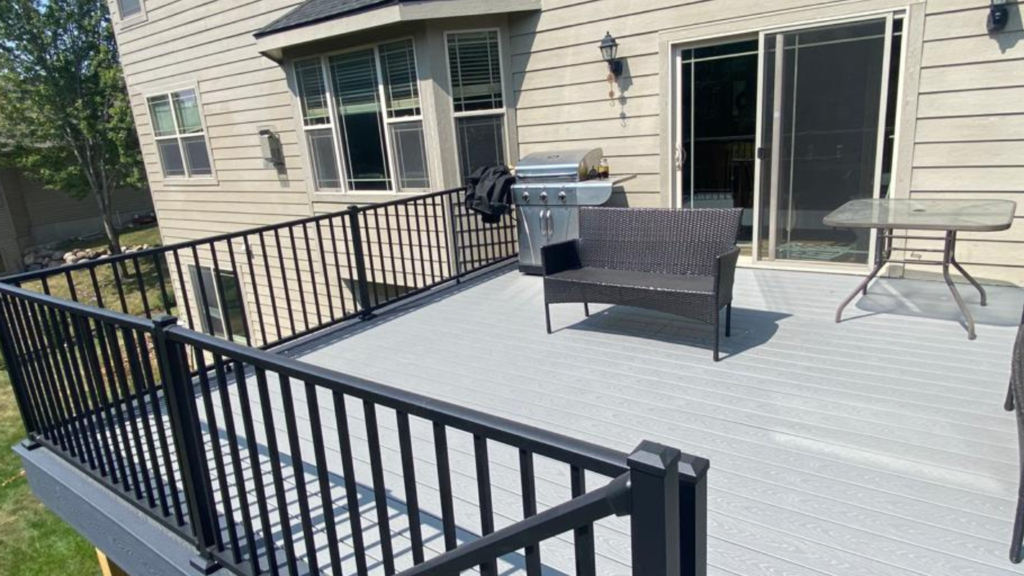Building a custom deck is an exciting project that can significantly enhance your outdoor living space and add value to your home. One of the most crucial decisions you’ll make in this process is choosing the right materials. Among the various options available, composite decking stands out as a superior choice for modern, low-maintenance, and durable decks.
Why Choose Composite Decking?
Composite decking is made from a blend of wood fibers and plastic, creating a strong, resilient, and low-maintenance material. Here are some compelling reasons why composite decking might be the best material for your custom deck:
- Low Maintenance: Composite decking requires minimal upkeep. Unlike wood, it doesn’t need staining, sealing, or painting. Simply clean it periodically with soap and water to keep it looking like new.
- Durability: Composite decking is highly resistant to fading, staining, scratching, and mold. It won’t splinter, warp, or rot, making it an excellent choice for longevity and continuous use.
- Aesthetics: Available in a wide range of colors, textures, and styles, composite decking can mimic the look of real wood while offering modern design options that suit various preferences.
- Environmental Impact: Many composite decking brands use recycled materials, making it a more sustainable choice compared to traditional wood decking.
- Safety: Composite decking often features slip-resistant surfaces, making it a safer option for wet environments such as pool decks.
Choosing Composite Decking: What to Consider
Even within the realm of composite decking, there are several variations and factors to consider:
1. Capped vs. Uncapped Composite Decking
Capped Composite Decking: Capped composite decking includes an additional protective layer (the cap), which enhances durability and resistance to moisture, fading, and staining. This is typically the premium option.
Uncapped Composite Decking: Uncapped composite decking is a basic option without the extra protective layer. While still durable, it may be more susceptible to moisture and staining.

